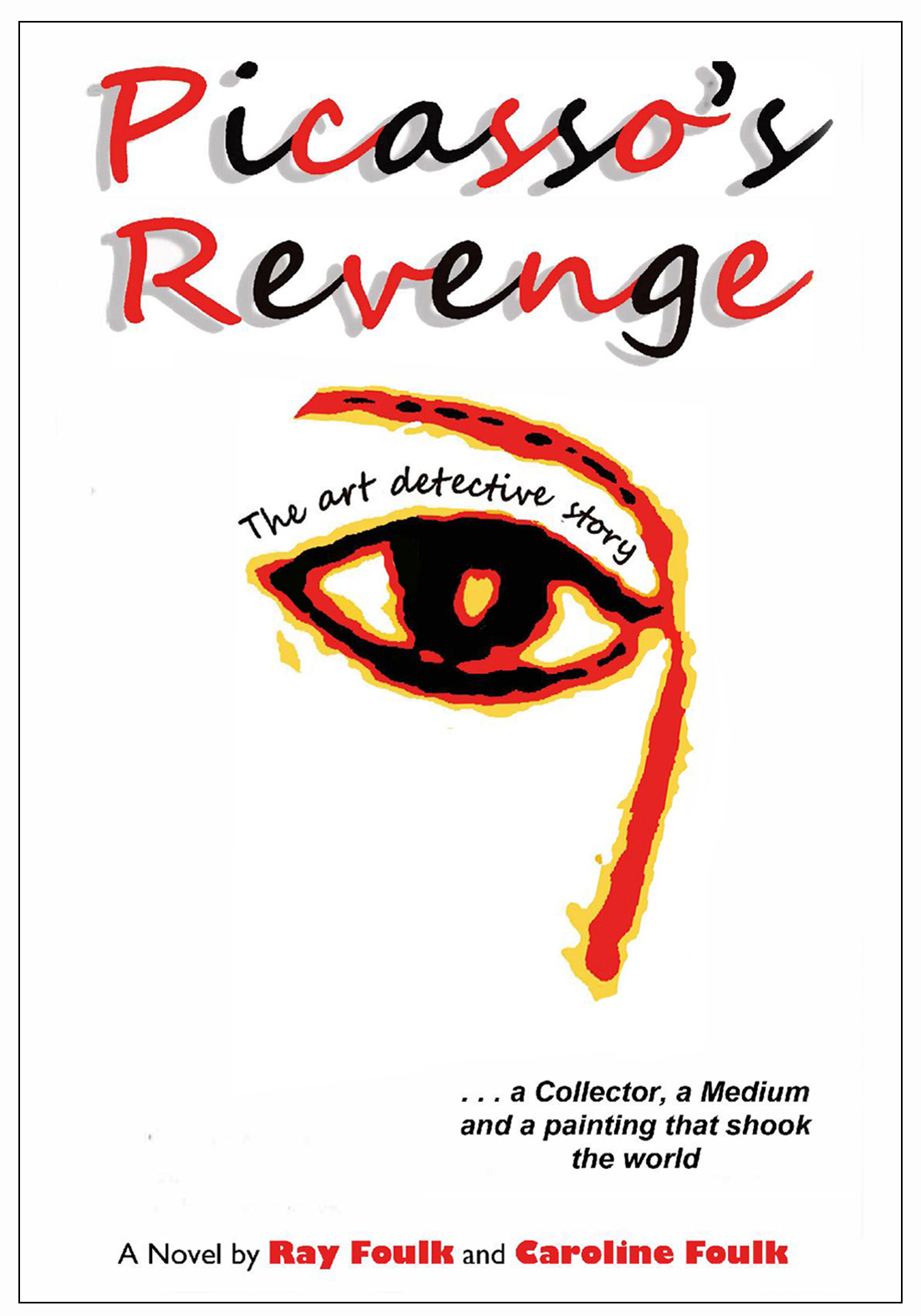Schiffer Publishing. 2011. c192p. illus. maps. bibliog. index. ISBN 978-0-7643-3771-0. $50.00.
For many residents of Philadelphia, PA, West Philadelphia, the area situated west of the Schuylkill River that once was Blockley and Kingsessing Townships, is comprised of a cluster of at least seven neighborhoods, including the Woodlands, University City, Spruce Hill, Cedar Park, Squirrel Hill, Garden Court, Walnut Hill, and Powelton Village. Originally a collection of farms and hamlets along the Schuylkill River, West Philadelphia grew into a streetcar suburb of Philadelphia during the mid-19th century, when it was incorporated into the City of Philadelphia. Today West Philadelphia is a thriving locality, made up of residents, businesses, and esteemed institutions of higher education, not limited to Drexel University and The University of Pennsylvania. In this architectural history of West Philadelphia and the architects who made it happen, one of the first, nearly comprehensive, largely pictorial examinations since the comparable West Philadelphia Illustrated by Vieira M. Laffitte was published in 1903 (p. 5), Minardi, a graphic designer (p. 5), award-winning photographer (recipient of the 2007 Preservation Initiative Award, University City Historical Society), and resident of Philadelphia (inside back book cover), takes readers on a historical, visual tour of West Philadelphia’s neighborhoods and its buildings, constructed between the late eighteenth and early twentieth-centuries. In nine chapters, the author presents brief historical overviews of West Philadelphia’ s neighborhoods as well as more than 500 images illustrating the various architectural structures comprising them. Minardi showcases apartment buildings, churches, charitable institutions, clubs, colleges, housing developments, homes, inns, libraries, monuments, universities, row houses, schools, stadiums, train stations, and more. In chapter nine, the author features alphabetically-arranged biographies of selected architects and their firms. Thoughtfully-presented and very generously-illustrated, with archival images, maps, and many color photographs taken by Minardi, this well-written, easy-to-read, accessible, engaging publication provides an excellent introduction to the historical architecture of West Philadelphia. Sufficiently well-documented, with image captions, including building names, addresses, and styles, back-of-the-book endnotes, a bibliography, and an index, it only lacks a chronology, maps keying the various architectural landmarks on them, an index of buildings by street addresses, and appendices containing suggested, brief, walking or driving tours of the featured neighborhoods, all of which further would have enhanced the subject and the its presentation. Constituting a visual feast of exterior and interior views of many historic edifices in West Philadelphia, this book is sure to delight, inform, and educate Philadelphians, general readers, students, scholars, architects, urban planners, historians, professionals, and others. It is very highly recommended for local and large public libraries as well as for academic and special libraries. Review copy. Availability: Amazon.com, Barnes & Noble.com














